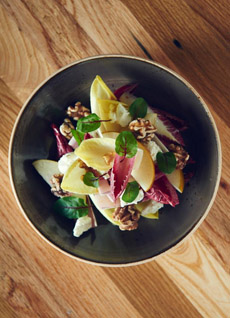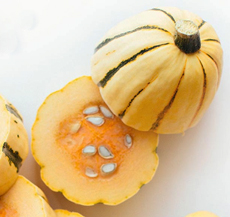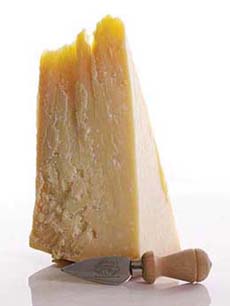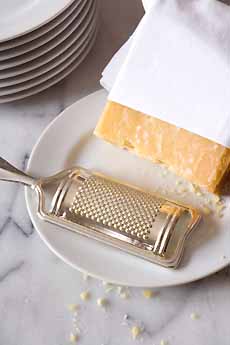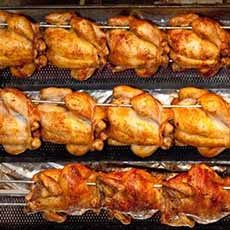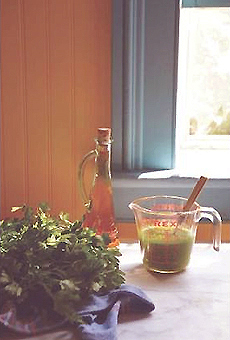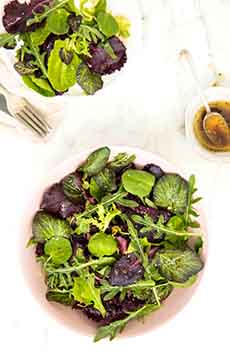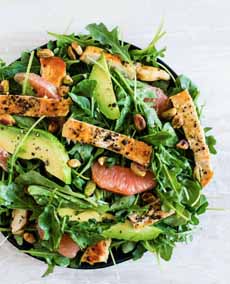|
More than 7 million revelers would have been expected yesterday at the 2020 Oktoberfest celebration in Munich. But, like much else, it was Covid-cancelled.
Thus, for beer lovers the world over who are concerned about social distancing and don’t want to try a local pub, the beer, pretzels and Oktoberfest music can be enjoyed safely at home.
If you want to enjoy the traditional Bavarian cheese spread, Obatzda, with your pretzels: Here’s the recipe.
We made some yesterday.
It was part of our lunch (traditional Oktoberfest spit-grilled chicken we bought from our supermarket), with Oktoberfest Märzen from Wallenpaupack Brewing Co. in Pennsylvania. And lots of soft pretzels.
The history of Oktoberfest is below.
Oktoberfest 2020 would have run from September 19th through October 4th. There’s plenty of time to get your beer and pretzels and celebrate.
For next year, hopefully:
Here’s how to plan an Oktoberfest party.
Oktoberfest Foods.
YUMMY SOFT PRETZELS FROM
EASTERN STANDARD PROVISIONS.
Eastern Standard Provisions brought the taste of Oktoberfest right into our home with its special Oktoberfest Gift Box (photo #1).
How about sending your favorite beer-lover a box of hand-twisted soft pretzels?
These pillowy-soft pretzels, individually wrapped, arrive in a gift box along with some of the company’s signature flavored salts and artisanal dipping sauces.
Just heat-and-eat, or freeze to enjoy later. There’s a special Oktoberfest gift set for $29.99.
Plus, there are additional gift boxes.
Even if they’re not beer drinkers, every pretzel lover will enjoy a box of these delicious soft pretzels.
There are large twisted soft pretzels, topknot soft pretzels, pretzel buns and slider, soft pretzel bites, and soft pretzel sticks.
Take a look: You’ll be in pretzel heaven.
Also take a look at the salts and sugars, and the flavored mustards and dipping sauces, you can pair with the pretzels. They’re special.
And with the holidays not far away, there are gift sets that promise love at first bite (we can confirm that!).
WHAT IS OKTOBERFEST BEER?
Here’s something you may not know about Oktoberfest beer. The history of Oktoberfest itself begins belowsource].
So why do we drink a beer called March in October?
The first so-named “Oktoberfest” Märzen-style beer was brewed for the Munich Oktoberfest in 1872.
As you’ll see from the dates below, it seems to have taken a long while for marketing minds to realize that Oktoberfest was an opportunity to promote an “exclusive” beer for the 16 days of festivities.
Many brands took the opportunity to sell “Oktoberfest” beer, although it’s typically just an Oktoberfest label on the breweries’ Märzens.
As for Märzen beer: this style of lager became so popular that with the advent of modern brewing technology, it became a staple, brewed year-round.
> The Different Types Of Beer
IF IT’S OKTOBERFEST, WHY DOES IT
START IN SEPTEMBER?
The first thing to know about Oktoberfest is that it starts in September. Why?
Given its popularity, the festival was lengthened to 16 days (the original was 5 days) and moved to start in September to take advantage of September’s warmer weather, while still providing some time in October.
The last day of the festival is now fixed at the first Sunday in October, so it could still be Oktoberfest.
Here’s the official Oktoberfest website, which provided much of the history below.
THE HISTORY OF OKTOBERFEST
In 1553, Bavarian Duke Albrecht V decreed it illegal to brew beer in Bavaria between April 23rd and September 24th. These months are typically too warm for brewing, and doing so risks bacterial growth that spoils beer.
Thus, brewers ramped up production in March to have enough supply for the next five months. These March beers, called Märzens, were brewed stronger and lagered so they would keep throughout the summer.
The term “Oktoberfest” did not have a connection to Märzen-style beer for another 300-plus years, 62 years after the first Oktoberfest.
The first Oktoberfest celebration began with the Royal Wedding of Crown Prince Ludwig, later to become King Ludwig I, to Princess Therese of Saxony-Hildburghausen, on October 12, 1810.
|


